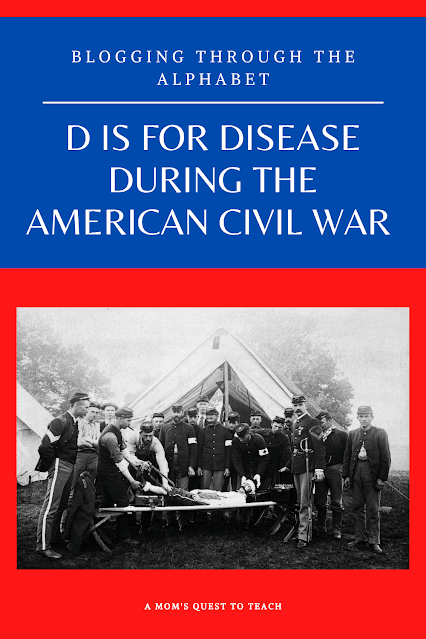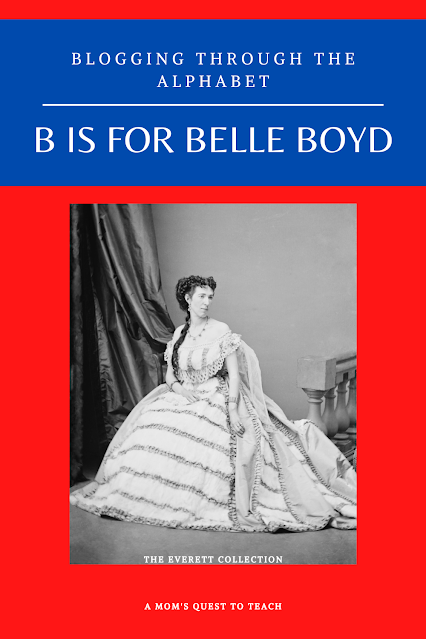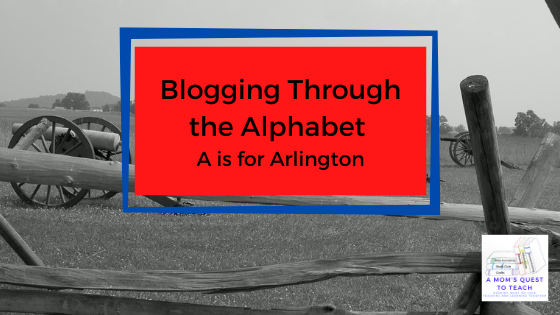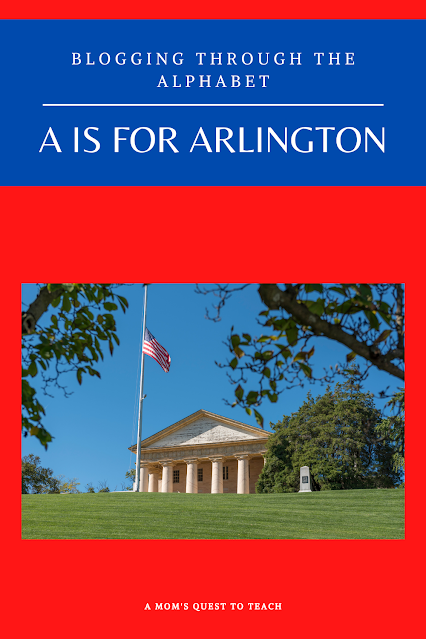This post contains affiliate
links. For more information, please see my Terms of Use and Disclosure Policy
page. Thank you.
Today, Arlington National Cemetery is known as a place of reverence and respect, as it is the resting place of approximately 400,000 men and women. One can walk among the graves of soldiers from the Revolutionary War, the Spanish-American War, World War I, and all the way to today's conflicts. Or you can visit the grave of President John F. Kennedy, the memorial to the Space Shuttle Challenger, the graves of numerous five-star generals and admirals, Tuskegee Airmen, and many other notable men and women. But did you know that the land the cemetery sits upon once belonged to the stepson of President George Washington?
Property Inherited in 1802
George Washington Parke Custis built a mansion and "shrine" to honor his father. The original plans were to have it named "Mount Washington" (similar to Mount Vernon) but it was eventually named Arlington. Custis had been adopted by President Washington when his own father died in 1781. The mansion's construction started in 1802 and when finished after 14 years it looked like it had been on that Virginia land forever.
The property and mansion passed to Custis' only surviving child Mary Custis Lee in 1857. She was well-educated, a painter, and an avid rose-gardener.
Mary Custis Lee married Lieutenant Robert E. Lee on June 30, 1831, in the family parlor of Arlington House. She loved her family home and ended up staying more frequently at Arlington House than wherever Lee was stationed during his military career. In fact, six of their seven children were born at Arlington.
Following in her mother's footsteps, Mary was a devout Episcopalian. She held family prayers, attended services either at Christ Church in Alexandria or the Arlington Chapel and continued the tradition of teaching the enslaved children Sunday School lessons and reading and writing.
When Mary's husband decided to fight for his home state in April of 1861, she wouldn't be able to stay at her beloved home of Arlington – where Robert and Mary had lived for 30 years. During the American Civil War, Mary and her children stayed at the homes of various family and friends as Lee traveled with the Confederate Army.
During the War
After Mary and the family left, the property was soon taken over by Union soldiers. They set up tents and built fortifications. Trees were felled to clear the way for potential artillery. In addition to the Union soldiers stationed there, Freedman's Village would be built for recently freed slaves, numbering about 1,500. Sadly, many items were taken from Arlington House, including mementos of the Washington family.
Eventually, the grounds of Arlington would start to be used as a burial ground. Montgomery Meigs, the Quarter Master General of the U.S. Army, was looking for somewhere to bury the steady flow of casualties of the American Civil War. Even though Meigs had been a friend of Lee, he was also very vindictive and believed that all Southerners who joined the Confederacy were traitors.
An unauthorized burial of Private William Christman, of the 67th Pennsylvania Infantry, occurred in May of 1864. Eventually, Arlington was approved by the Secretary of War. Meigs wanted the bodies buried close to Arlington House so they wouldn't be disturbed. He even had 26 bodies interred in the middle of Mary's beloved rose garden. He wanted to make sure that the Lees could never live in their home again.
The cemetery started as a place for unidentified soldiers or for those whose families couldn't afford funerals. There would be changes made and, in time, many more soldiers would be buried at Arlington.
Returning the Land
During the Civil War, the property passed from the hands of the Lees to the federal government when Mary was unable to pay the taxes in person. After the end of the Civil War, the Lees attempted to regain their home. Robert E. Lee did not make it well known, but he was actively pursuing getting Arlington back as late as three months before his death.
Mary petitioned Congress to examine the federal claim to Arlington, but she was defeated. Several months before her death, Mary toured Arlington one last time via carriage. It did not look very much like her beloved home as Meigs had been expanding the cemetery and building on the land.
In 1882, the Supreme Court found the American government illegally seized the land. It had been purchased by the Union government for nonpayment of taxes, but Mary had sent the money for the taxes (it was refused because she sent a representative and did not go in person herself). It was returned to Mary's oldest son, George Washington Custis Lee. But by this point, there were 20,000 individuals buried there, an Army fort, and Freedman's Village. What would happen to these things and people?
George Washington Custis Lee sold the land back to the federal government for $150,000. The land officially changed hands from the Lees to the federal government with no questions now.
Presently, there are as many as 6,000 interments every year with 3 to 4 million visitors to Arlington National Cemetery. If Mary Custis Lee were able to visit her beloved family home today, I wonder what she would have to say about the continued changes to her home. I pray that she would be at peace now, knowing how important her family home is to America.
Read More
Arlington National Cemetery
How Arlington National Cemetery Came to Be
Arlington House, The Robert E. Memorial
.png)
.png)
.png)
%20(1).png)
.png)


.png)
.png)

.png)

%20resize.png)
%20resize.png)
%20(1)%20Resize.png)
%20resize.png)
%20resize.png)




